How To
What is Linux Operating System and how to start using it
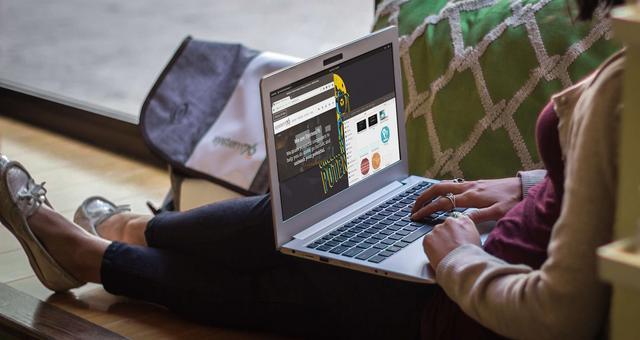
- May 15, 2018
- Updated: July 2, 2025 at 6:29 AM

Linux is an operating system for laptops and computers. As a popular alternative to Microsoft and Apple macOS, it offers an easy-to-use and powerful OS. The biggest appeal of Linux is that it’s completely free and open-source. It’s used by millions of users worldwide and focuses on building a community of users that improves the operating environment for all.
Take a look at our beginner’s guide to Linux if you’re thinking of downloading it or waiting for it to install quickly.
What is Linux?
Linux is an open-source operating system for desktop and laptop users. Open-source means that any user can run, change or redistribute the software’s code if they do it under the open-source license of Linux. Because it is open-source, the software is community-driven by encouraging users to contribute improvements and ideas.
This is why it’s 100% free to use. Even though users can modify the source code, they ensure that Linux is safe and reliable.
Linux describes itself as an “out of the box” operating system for all users, from gamers to designers. The software comes fully equipped with multimedia apps to watch movies and videos and listen to music and podcasts. It’s compatible with any website for browsing the web, and it comes with LibreOffice for all documents, presentations, and spreadsheets. It also has access to Blender and Gimp for artists and graphic designers and Steam for gamers.
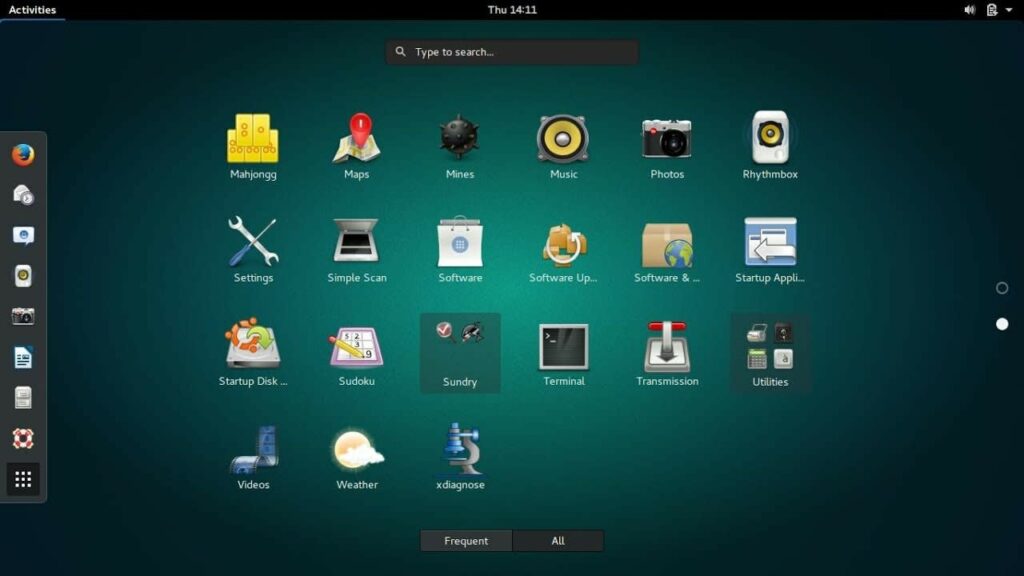
Linux versions
The latest best version is the Linux Mint 20.2 “Uma,” with better features for improved user experience. You can choose from three different editions: Cinnamon Editions, MATE Edition, and Xfce Edition.
The Cinnamon Edition is the most popular with a slick and simple desktop design. The new features include improved notifications, a new application to rename bulk files, and a new search feature on Nemo, the Cinnamon file manager. There are Sticky Notes for reminders and artwork improvements.
The MATE Edition doesn’t have all of the Cinnamon features, but it runs faster and uses less of your computer’s resources. The system improvements make it more stable than the Cinnamon edition.
The Xfce Edition uses even fewer resources than the MATE, and it isn’t as elegant as the Cinnamon. It doesn’t support all the other editions’ features, but it is more stable to run.
There are many other versions of the open-source software that Linux currently supports. You can view all of these versions on their website before installing.
How to install and use Linux?
You will need a USB to install Linux onto your desktop and laptop. Follow these quick eight steps to install and use Linux.
- Choose the right edition for you.
- You will receive an iOS image.
- Verify your IOS image.
- Download Echter to make a bootable USB.
- After Linux is on your USB, insert the USB.
- Restart your computer.
- BIOS loading screen will pop up; choose your desktop or laptop to boot via the USB.
- Once it has started up, choose to install Linux on your computer permanently.
After that, you will be able to enjoy Linux and the compatible apps available for you.
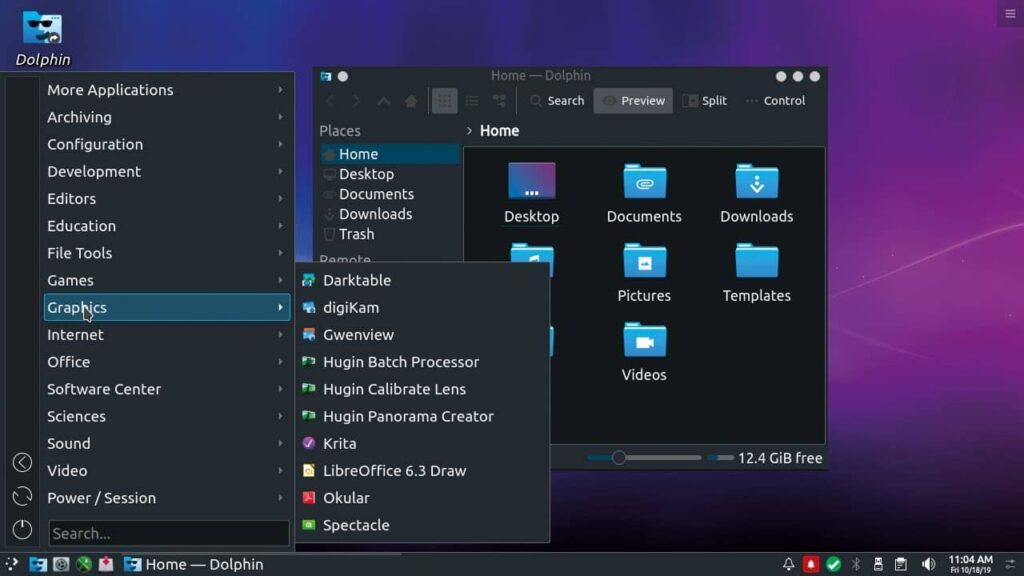
A beginner’s guide to Linux
With Linux installed as an operating system, it’s time to see how to get started. Here are a few pointers to keep in mind.
Distributions
One thing that’s quite different from the operating systems you might be used to is there are multiple versions of Linux, each with its own attributes. A version of Linux is known as a distribution. Each distribution takes the core Linux software and combines it with various utilities, desktop GUI, browsers, and so on. That means each distribution has its own flavor and many times a focus on a particular usage.

Linux distributions are always changing, so here are a few of the most popular ones. If you are an avid Windows user, then Ubuntu is a great place to start. The visual layout will be familiar for a Windows user, while the more complex aspects of Linux are smoothed away.

Steam OS is not meant to be a replacement for your Windows operating system. It is meant to be a narrowly focused operating system that allows a user to play PC games downloaded from the Steam Store, which is the largest digital PC game retailer in the world.
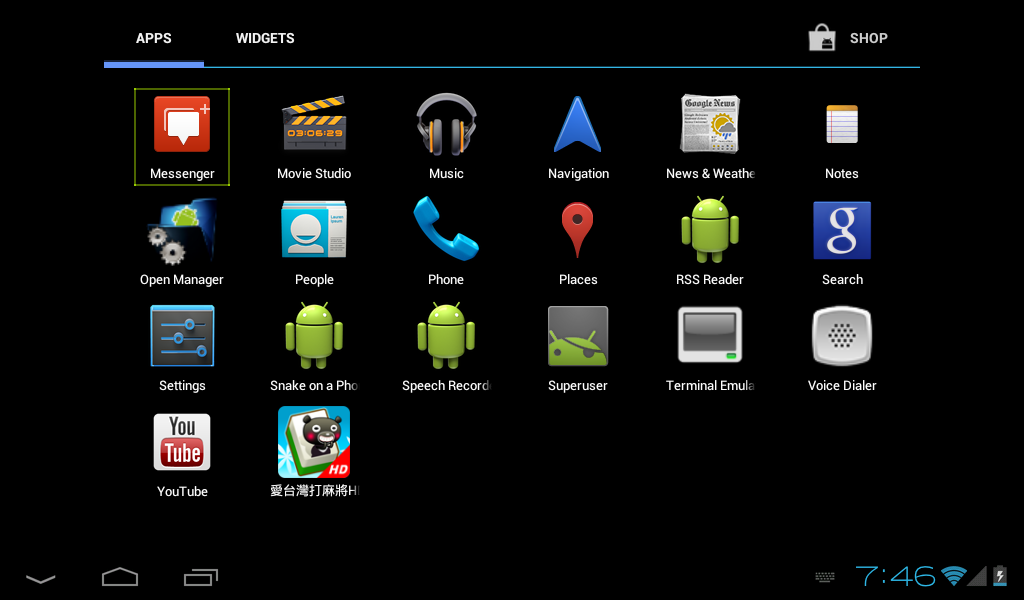
Android x86 is for those who want to turn their computer into an Android phone. You have access to the same features and apps of an Android phone. Remember that Android was designed for a touchscreen, so make sure you have one.

Then there is Chromixium, which gives a computer the look, feel, and functionality of a Google Chromebook. The advantage of this distribution is the flexibility of not being restricted to Google-approved machines.
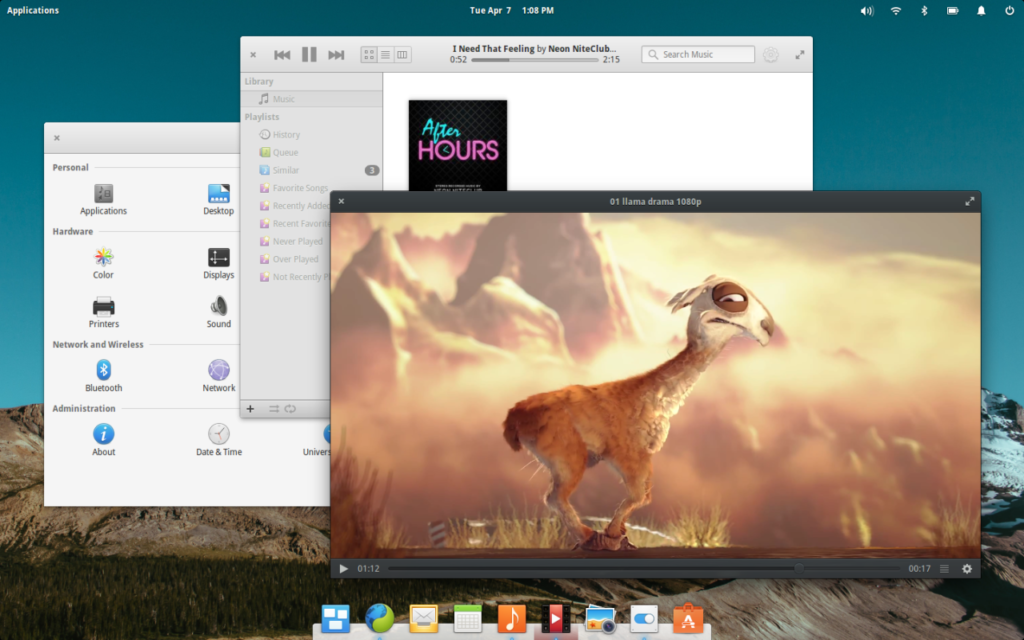
Elementary OS is perfect for those who want the same style of the Mac OS. The design is clean and fresh just like it is with your Mac.
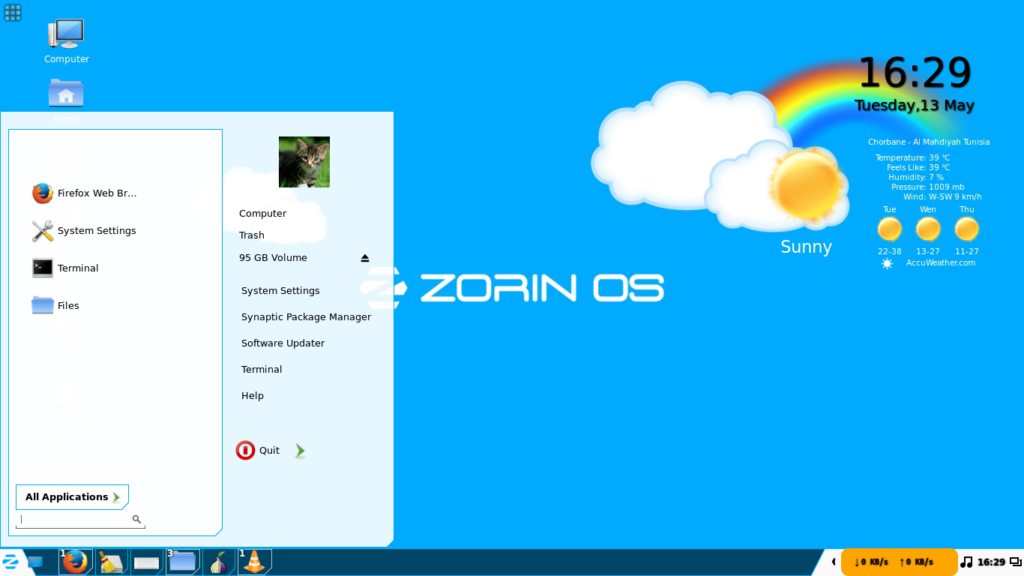
For those who are retro Windows lovers, there is Zorin 9 which gives a perfect clone for Windows 7 users, and then there is Q4OS which is similar to Windows XP in style and functionality.
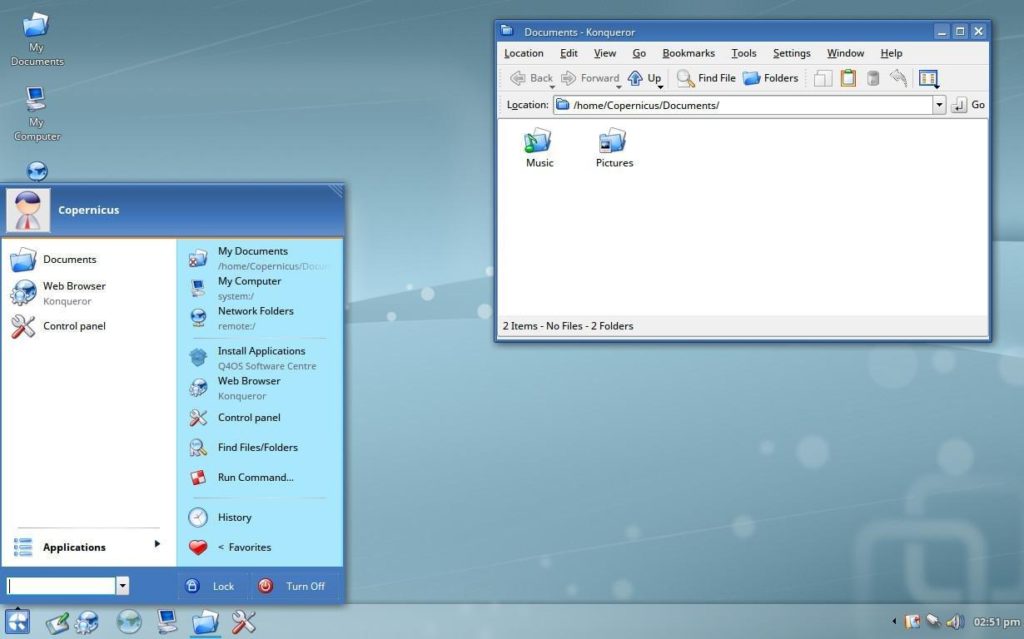
Q4OS has the added benefit of being able to support all the older printers and devices that may be hiding in the closet. This is a great choice to run older scientific and business applications that have never been updated for recent versions of Windows and Mac. There are a few other distributions that you might also consider, including Fedora, Linux Mint, and openSUSE.
Getting Started
To get started, you need to go to the Linux distribution website of your choice. Each website will have a download link where you download an ISO disc image. These ISOs are free, and they contain the complete operating system.
Once you have the ISO image, you will either have to burn it to a CD/DVD or copy to a USB drive. Many new computers do not have burners, so that means you may need to use the USB option. When considering the USB option, remember the following: USB 3.0 can allow for much faster booting, and you will need to burn the image to a USB. That just means you will need a specialized program to transform your normal USB into something that can load the operating system at boot up.
Some suggested USB burners include Fedora LiveUSB Creator, Universal USB Installer, UNetbootin, and Rufus.
Now comes the big transformation. You will need to insert the burned disc or USB drive and restart your computer. In most cases, during the restart, the computer will boot directly into “getting started with Linux.”
During this process, you might encounter a few issues. Windows 10 computer users can sometimes have problems with Secure Boot. This means that this feature may need to be disabled before booting can be successful.
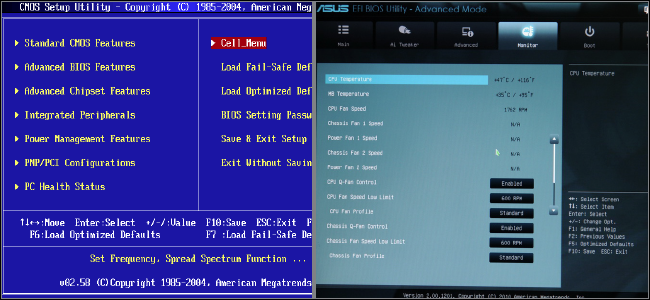
Another common issue is that your computer needs to change your BIOS or UEFI setting before the boot process can finish. Most new computers will have UEFI running at startup. Many times, it can be challenging to get into these modes as they need you to hit either the Del or F12 key between the time the computer turns and on and when the Windows screen appears. This technique may not work with all computers as some computer manufacturers have disabled this feature and instead have opted for a button on the laptop that can be used for the same purpose. The only way to know is to check with your computer manufacturer.
Linux has a unique feature that you will not find with Windows or Mac. That is the ability to run the operating system completely off a CD/DVD or USB. The actual operating system does not have to be installed on a computer hard drive to be fully functional. Before taking the full plunge into Linux, you can use this as a test of the operating system.
You get to use the full benefits of the software without any obligation. Everything stays the same until you have to reboot. You can have multiple burned discs or USBs that you can use to try several different Linux distributions. Some distributions even have unique features that allow saving changes and files to the operating system for use at a later date.
Linux distributions typically give you two options. The first is running the operating system live off a USB or disc. The second option is to completely wipe your Windows operating system and install Linux as the replacement. The third option is a dual boot option. In this option, you can choose which operating system you want to use every time you restart your computer.
When you start working in the Linux environment, you will notice many similarities immediately. There is a taskbar, system tray, and basic software, like a calculator, that you are used to. Many distributions will have Firefox included, and via connecting to the internet, you can download additional browsers like Chrome and Explorer. In Linux, there are nearly no limitations. You can change everything from icons, wallpapers to the interface for browsers, file managers, and productivity utilities.
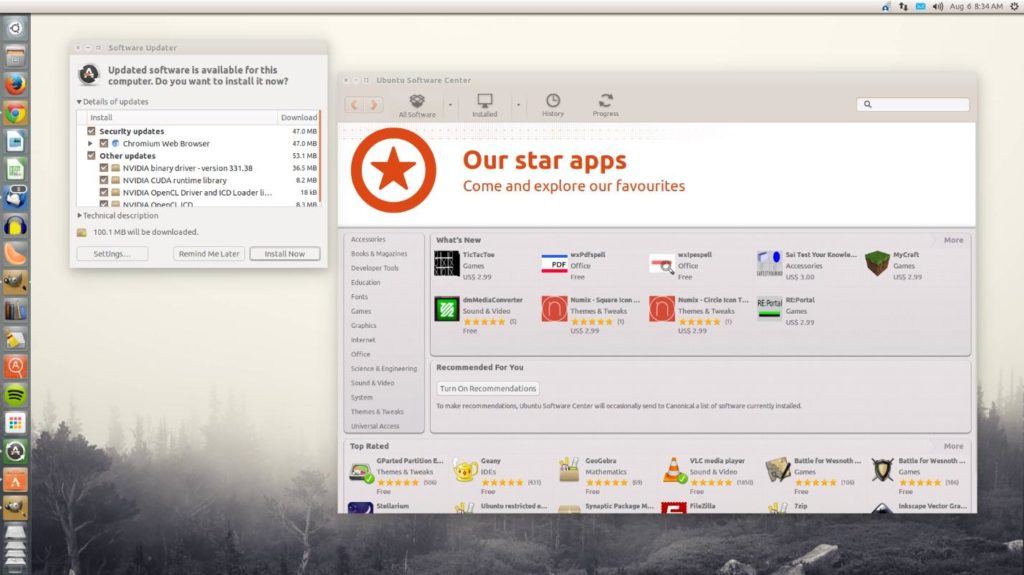
Many of your favorite programs are available in Linux, but how you get them is quite different. Every Linux distribution has its version of an app store. This is a library of software that has been tested for your Linux distribution. The goal of distribution developers is to provide free software that will not affect the stability of the core operating system.
Your distribution’s app store will also provide you with updated patches and security updates to keep things running smoothly. If the software is not available from the distribution store, then you can always download software directly from official websites as long as the program supports Linux.
Peace of Mind
Linux users don’t have to worry about drivers, as most are preinstalled. Your Wi-Fi should work immediately, and your games should not have a problem achieving optimal 3D graphics.
Linux users also have peace of mind over Windows, which is run on over 90 percent of the computers in the world, and thus is a primary target for virus makers. Due to the multiple distributions of Linux, virus makers have a much harder time creating a single virus that can infect the Linux userbase. Also, as the Linux code is open source, problems can be identified and corrected quickly with the global user base.
Preinstalled options
For those who do not want to do their own installation, computer manufacturers sell computers with Linux preinstalled.
Dell XPS 13 Developer Edition
The XPS 13 is a sleek and beautiful ultrabook that can be used from gaming to productivity software. As with all Dell purchased computers, you can customize the machine to your desires. This laptop offers lots of options, including a touch display.
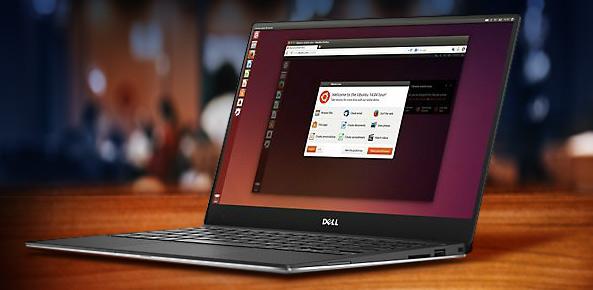
System76 Galago Pro
System 76 is designed to rival the Dell XPS 13 Developer Edition. The machine offers an aluminum chassis, two-disc drive bays, an ultra-high resolution screen, and many more features.

Purism Librem 13
This company built its success from crowdfunding. The laptop is designed with a focus on privacy, security, and the ethos of free software. This is a favorite for the security-conscious crowd.

Alpha Litebook
This is a simple laptop that can do your day-to-day chores. It is a starter laptop for those who want to dabble in the Linux field.
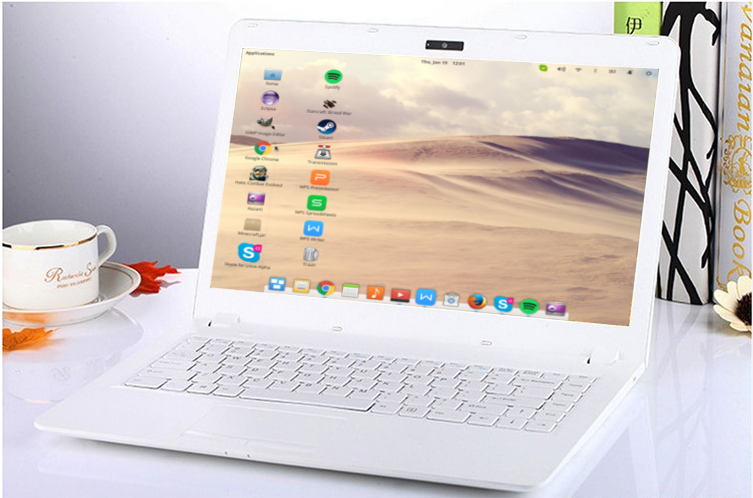
It’s about a Community
Linux is about the free sharing of information on a global scale. The developers of Linux are doing so for the betterment of computing, giving room for a free option to compete with Microsoft and Apple duopoly. No one has absolute control of the Linux community, and anyone can join the community and contribute to its ongoing development.
The source code for Linux is open for all to see, study, and change. Not only does this lead to an operating system that is more stable and suffers far fewer crashes than a typical Windows OS, but it also allows for errors to be corrected in real-time. The community of developers keeps watching for compromise or malicious actors that seek to harm users.
This openness creates a security that cannot be found in Windows or Mac. It has grown to the point that Russia, China, and Cuba are developing their own code based upon the Linux operating system architecture. Linux is more than an operating system; it is a way of thinking.
You may also like
 News
News2026 Cybersecurity Predictions: Navigating a New Era of Sophisticated Scams
Read more
 News
NewsThe iPhone Fold has leaked: These could be Apple’s foldable specs
Read more
 News
NewsProduct photography on a tight budget: images for e-commerce with Photoshop + Firefly
Read more
 News
NewsDisco Elysium has so much text that the text software couldn't contain it
Read more
 News
NewsThe pirates return to the big screen in this new movie that will remind you of Pirates of the Caribbean
Read more
 News
NewsThe former CEO of Activision Blizzard is delighted to see how poorly Call of Duty is doing
Read more